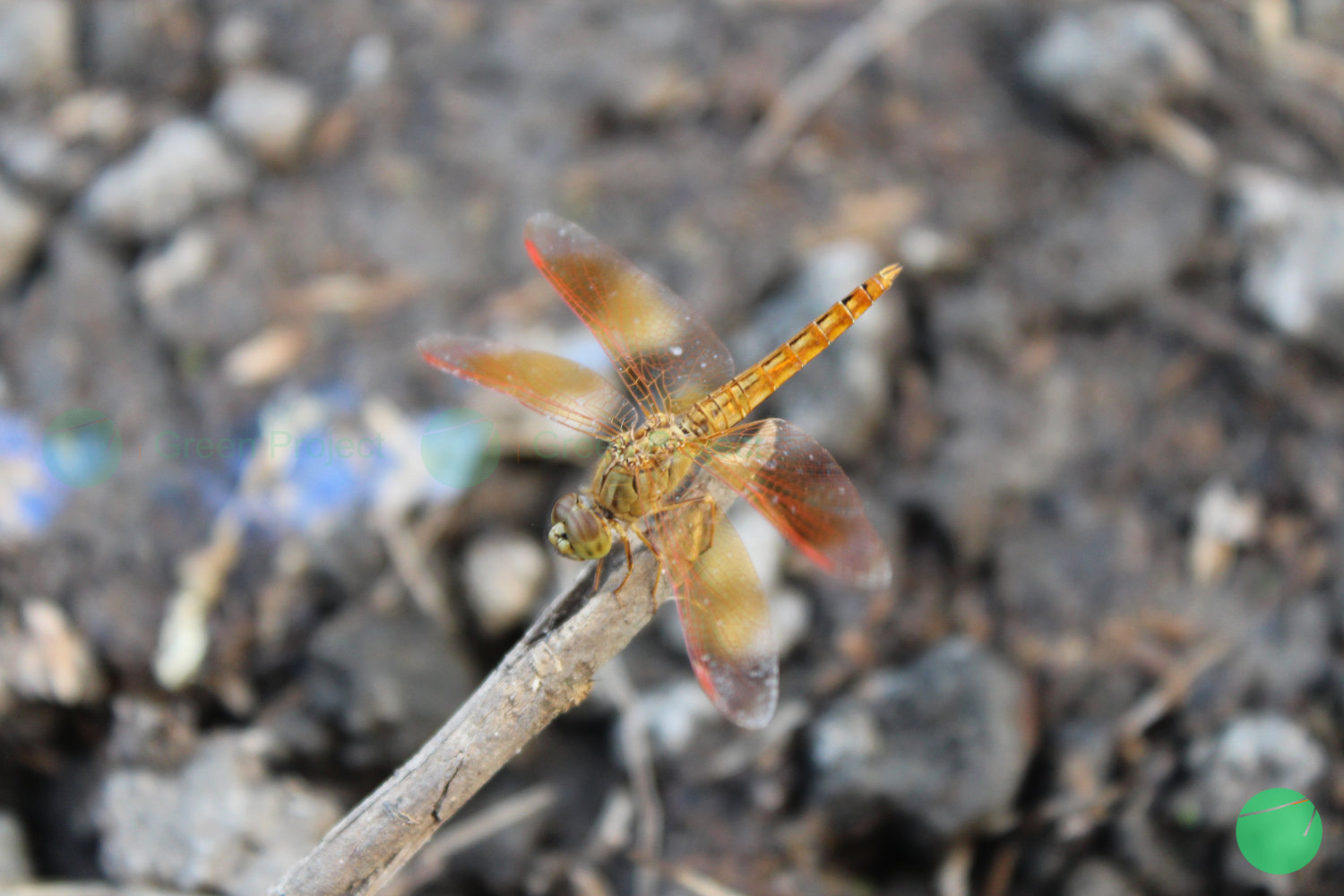Capung or what are internationally known as dragonflies are scientifically named as the suborder Anisoptera. This animal has other names such as darner, devil's arrow, or devil's darning needle.
This animal is one of the 3000 species of aerial predatory insects that are most often and easily found in freshwater habitats. Dragonflies themselves have around 5000 species spread throughout the world.
People often equate dragonflies with damselfies even though the two species have quite different shape characteristics. Some people also choose to call dragonflies odonata, which is the name of the order of the dragonfly species Anisoptera (dragonflies) and Zygoptera (damselfies).
Odonata itself is a name from Ancient Greek, odon, which means tooth. This name was first put forward by an insect species zoologist from Denmark named Johan Christian Fabricius (Anjarwati).
Physical Form and Differences between Anisoptera and Zygoptera Dragonflies
The Anisoptera dragonfly species is characterized by a long helicopter-like body with two pairs of intricately veined wing membranes with wings that are generally transparent but have colored markings. In many species, the color of the wings will change through times.
The pair of wings on both the front and back have different shapes and spread horizontally. However, in terms of size, the rear wings are usually shorter and wider than the front wings.
The body parts as a whole consist of the head, wings, legs, abdomen, and thorax.
The dragonfly's head is large enough to allow it to see from various angles. An interesting fact about its physical form is that dragonflies have three legs, each of which is covered with short feathers. Meanwhile, the short and pointed tail has the main function of reproductive needs.
In contrast to Anisoptera dragonflies, a pair of damselfies or Zygoptera wings spread out and stick together vertically. Its body is also not as strong as a dragonfly so it can be said that it cannot fly with the same strength as a dragonfly. A report also states that Zygoptera dragonflies, especially those with blue eyes, can only be found in North America and Central America.

Dragonfly Evolution
Sarah Zielinski, through an article in the online media Smithsonian Magazine, stated that dragonflies were one of the first winged insects to evolve around 300 million years ago. Modern dragonflies have wings that are only two to five inches wide, but fossil dragonflies that have been found have wings that are up to two feet wide. He also added that some scientists have theorized that high oxygen levels during the Paleozoic era allowed dragonflies to grow to monster sizes.
The order Odonata consists of four extinct suborders and two living suborders. Extinct suborders are the Protanisoptera and Archizygoptera from the Permian Period (299 million to 251 million years ago), the Triadophlebiomorpha from the Triassic Period (about 251 million to 200 million years ago), and the Anisozygoptera from the Triassic to Cretaceous period (251 million to 65, 5 million years ago). The only known living suborders are Anisoptera and Zygoptera (The Editors of Encyclopaedia Britannica, “Dragonfly | Description, Anatomy, Habitat, Life Cycle, and Facts”).
Dragonfly Life Behavior
In general, dragonflies live in aquatic areas and will breed in water. In the larval stage, dragonflies can survive for up to two years in water in a variety of shallow freshwater habitats including tree holes, ponds, swamps and rivers. Dragonflies will live in water and eat anything they find such as tadpoles, mosquitoes, fish, other insect larvae, and even each other.
At the end of its larval stage, the dragonfly crawls out of the water, then its exoskeleton opens and releases the insect's stomach which has been packaged like a telescope. The four wings come out, then they dry and harden over the next few hours to days (Zielinski).
The life cycle of a dragonfly can be said to be very short. They will only live for 4 to 6 months.
Even though they are carnivorous animals that eat insects such as butterflies and mosquitoes, dragonflies have good benefits for agriculture and plantations. Because as an insect eater, it will also eat pests in agricultural fields and plantations.
Other Interesting Facts About Dragonflies as Great Predators
Dragonflies can eat their prey while still flying. They catch their insect prey using their feet so they are very efficient in hunting.
Dragonflies will tear their prey's bodies into lumps before they finally swallow them. By using their compound eyes, dragonflies can predict the direction of flight as well as the angle and speed of their prey (Directorate of ITB Campus).